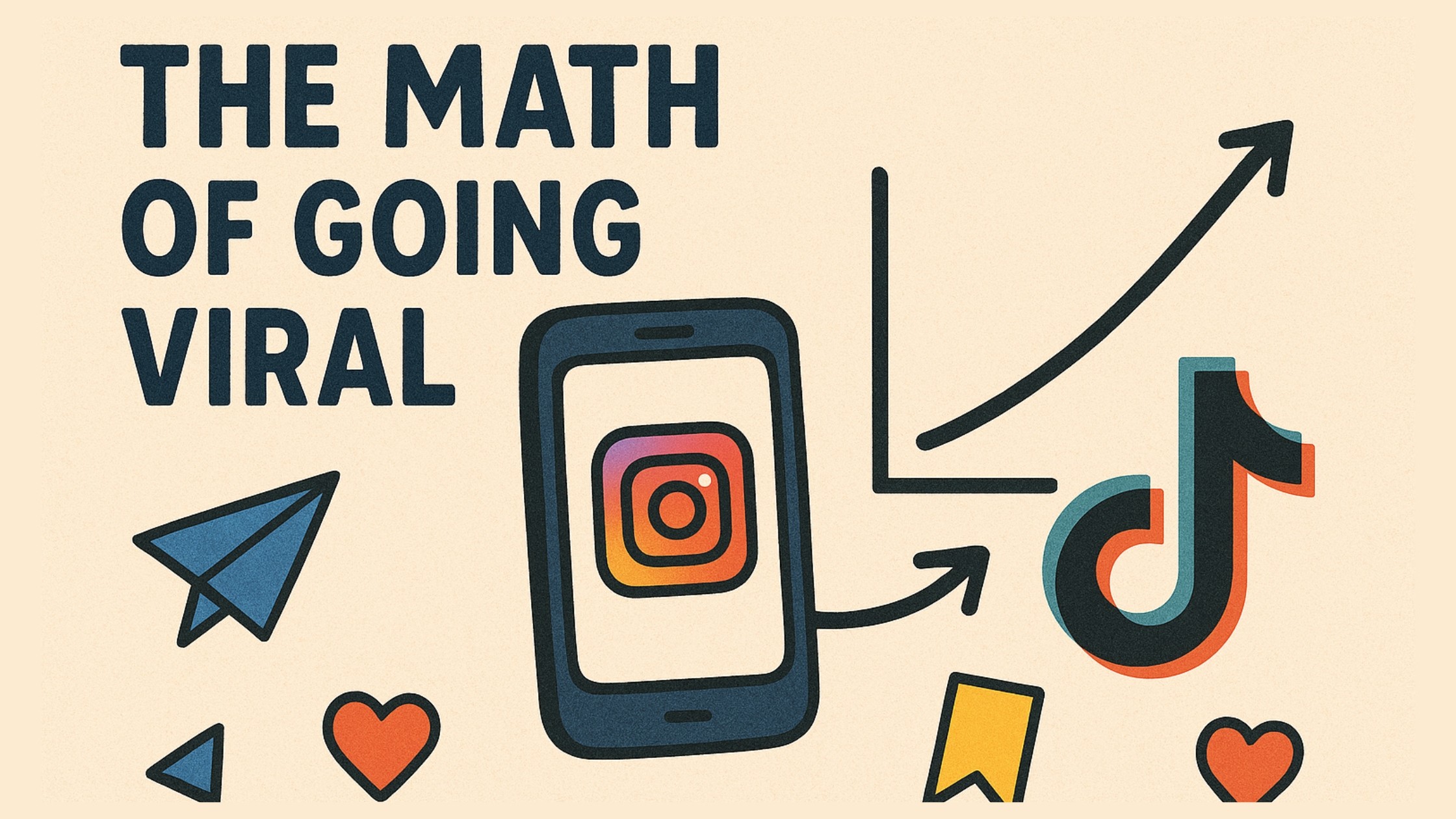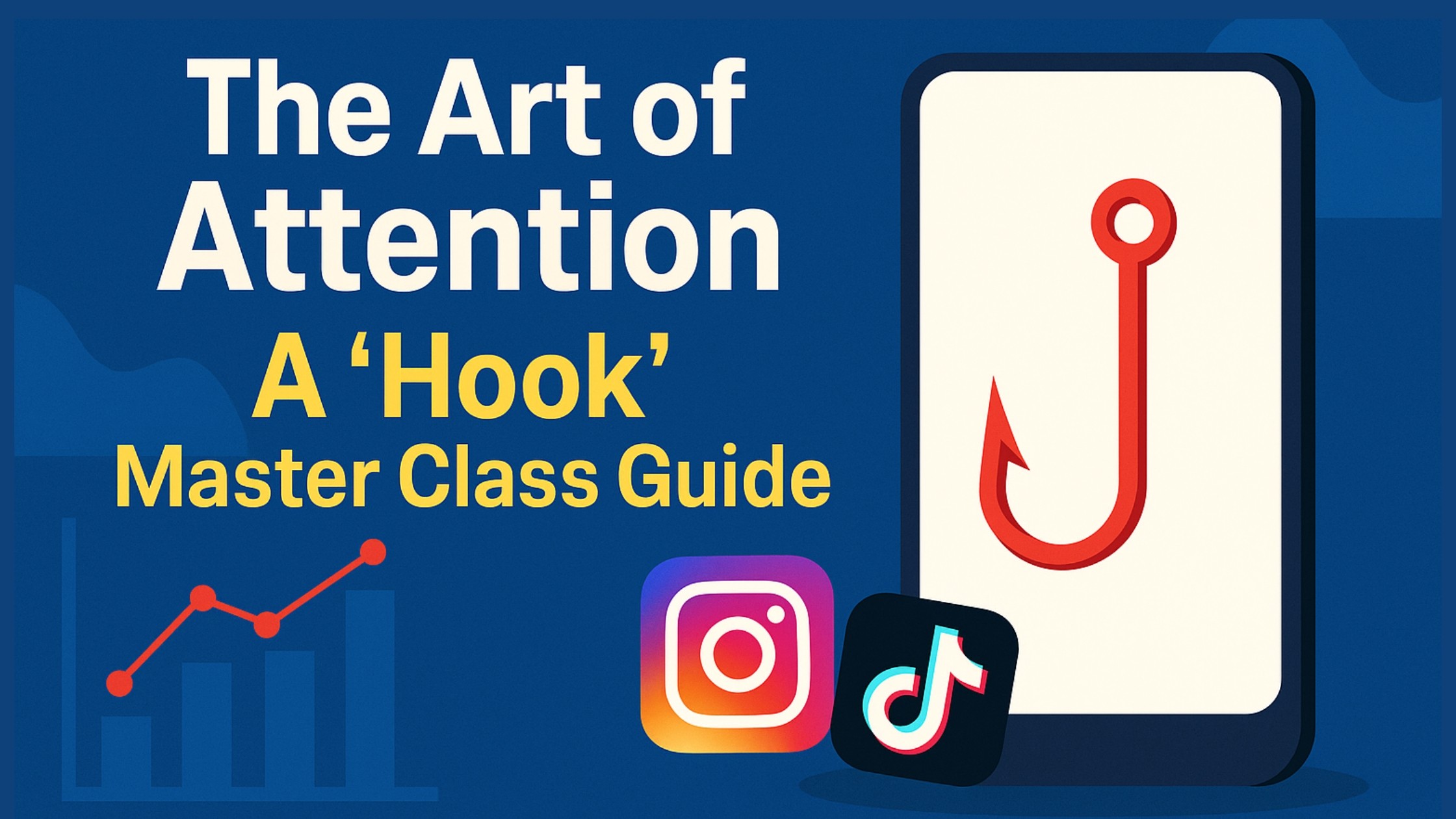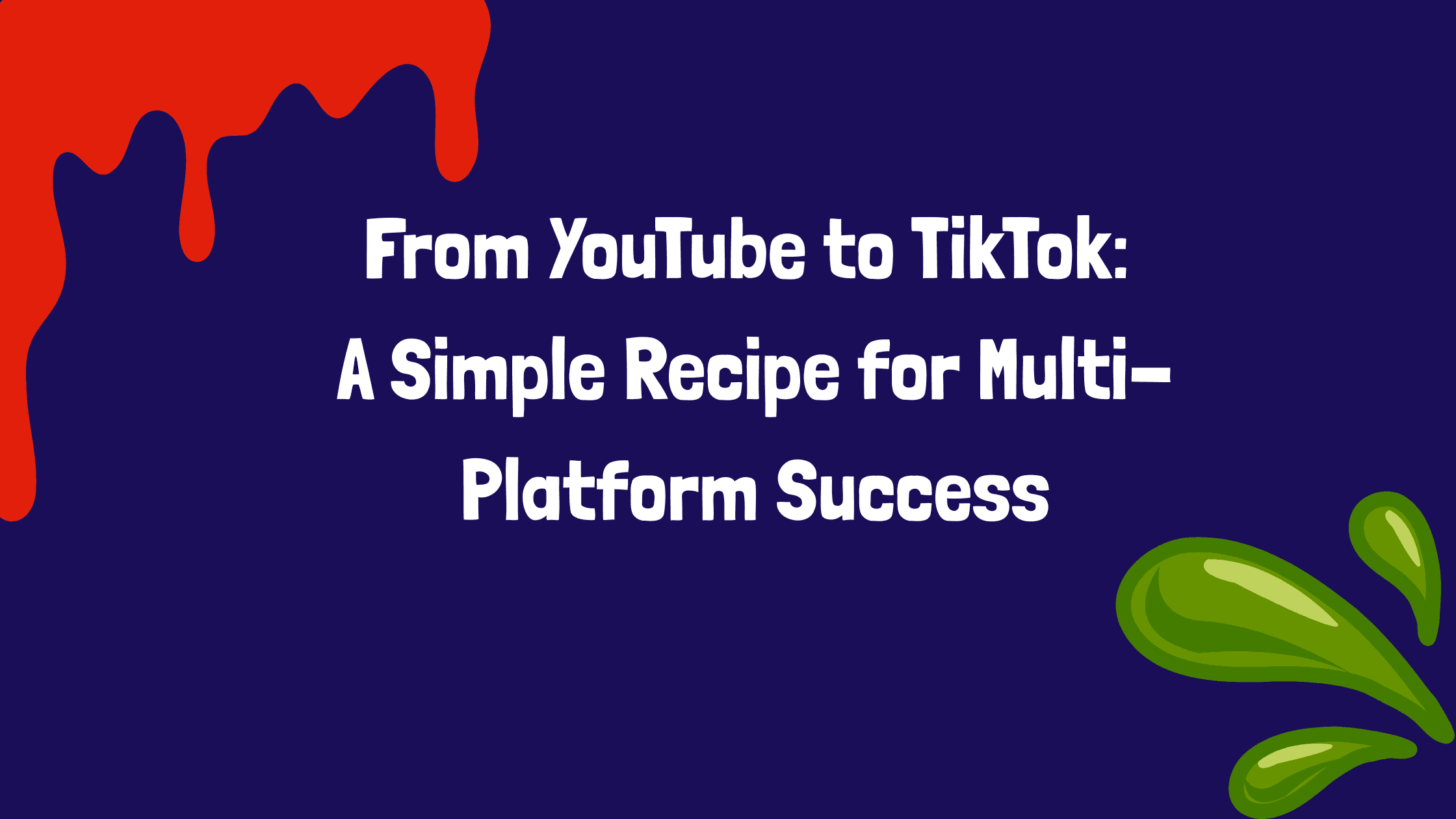Influencer Marketing 101
May 21, 2025
5 min read
Influencer 101: From Origins to 2025—What You Need to Know About Influencer Marketing and UGC
If you've ever bought something because someone on Instagram or TikTok recommended it, congratulations—you’ve already participated in influencer marketing. But what exactly does that term mean, and how does it differ from the growing buzz around UGC (User-Generated Content)? Let’s break it all down.
What is an Influencer?
An influencer is someone who has built a community and can affect their audience's behavior by what they buy, follow, or even believe. They aren’t just celebrities; they can be everyday people with niche followings, like a food blogger on Instagram or a gamer on Twitch.
Influencers usually collaborate with brands to promote products or services, often in exchange for payment or perks. Their biggest strength? Trust. People feel like they know influencers personally, which makes their recommendations more powerful than traditional ads.
They act as digital word-of-mouth engines, bridging the gap between brands and consumers through relatable, native content.
“Influencer marketing is no longer about mass reach—it’s about precision, performance, and personalization.” — 2025 Influencer Marketing Predictions Report
What is UGC?
UGC stands for User-Generated Content, and it's just what it sounds like—content (photos, videos, reviews) created by users or customers instead of the brand. Think of someone filming themselves unboxing a skincare product they bought and posting it online.
Key Differences Between Influencer Content & UGC:
Feature | Influencer Content | User-Generated Content (UGC) |
Created by | Paid or partnered creators | Organic users or gifted creators |
Intent | Promote a brand | Share personal experience |
Cost | Typically paid | Lower-cost or product-gifted |
Authenticity | Professional but curated | Raw and highly relatable |
Best use | Brand awareness, storytelling | Conversions, retargeting ads |
While influencers help build brand awareness, UGC helps boost credibility and conversions. UGC feels more “real” because it comes from people who aren’t being paid to influence, making it ideal for paid ads or product pages.
Types of Influencers by Size
Influencer Type | Followers | Best For |
Nano | 1K–10K | High engagement, trust, community building |
Micro | 10K–100K | Niche audiences, affordable reach |
Mid-tier | 100K–500K | Balanced reach + relatability |
Macro | 500K–1M | Mass exposure, regional influence |
Mega/Celebrity | 1M+ | Large-scale brand visibility |
💡 Example: A skincare brand launching a new serum might seed it to 30 nano influencers for authentic UGC, while also working with one macro influencer to create a spotlight campaign.
Types of Influencer Campaigns
Influencer marketing isn't one-size-fits-all. Here are some common campaign types:
Giveaways & Contests – Drive engagement and reach.
Sponsored Posts – Classic paid collaborations.
Unboxings & Reviews – Product discovery and trust-building.
Brand Ambassador Programs – Long-term influencer partnerships.
Affiliate Marketing – Pay-per-sale or performance-based collaborations.
Pre-release Campaigns – Hype-building before a product launch.
Each format serves different purposes—whether it’s brand awareness, sales, or content creation.
Matching Influencer Size to Campaign Goals
The size of the influencer should match your campaign’s KPI (Key Performance Indicator):
Goal | Ideal Influencer Size |
Conversions / Sales | Nano, Micro (due to trust & engagement) |
Brand Awareness | Macro, Mega (for broad reach) |
Engagement / UGC | Micro, Mid-tier (niche relevance & quality content) |
In 2025, community and performance-based collaborations are taking center stage. Brands now value depth over reach, focusing more on ROI and relevance than vanity metrics like follower count.
How the Influencer Marketing Industry Evolved
The rise of influencer marketing didn’t happen overnight. Here’s how the industry was shaped:
Era | Key Milestones |
Pre-2010 | Celebrity endorsements dominate traditional advertising |
2010–2015 | Instagram launches; rise of lifestyle influencers and YouTube vloggers |
2016–2019 | Micro-influencers gain ground; influencer platforms emerge |
2020–2022 | TikTok explodes; influencer budgets surge; nano/micro creators shine |
2023–2025 | AI-driven targeting, performance metrics, and community-centric strategies rise |
By 2025, influencer marketing has matured into a full-fledged growth channel. Over 75% of brands have dedicated budgets for it, and AI tools are reshaping how campaigns are run from creator discovery to ROI tracking.
Final Thoughts
Influencer marketing has come a long way from one-off brand shoutouts. Today, it’s a data-driven, community-focused, AI-enhanced ecosystem. And UGC is no longer a “nice to have” it’s a must for brands seeking authenticity and scalable content.
Whether you're a brand manager or a curious outsider, understanding the landscape is key to navigating the digital marketing world. Start small, test what works, and remember: people trust people more than ads that’s the magic behind both influencer marketing and UGC.



